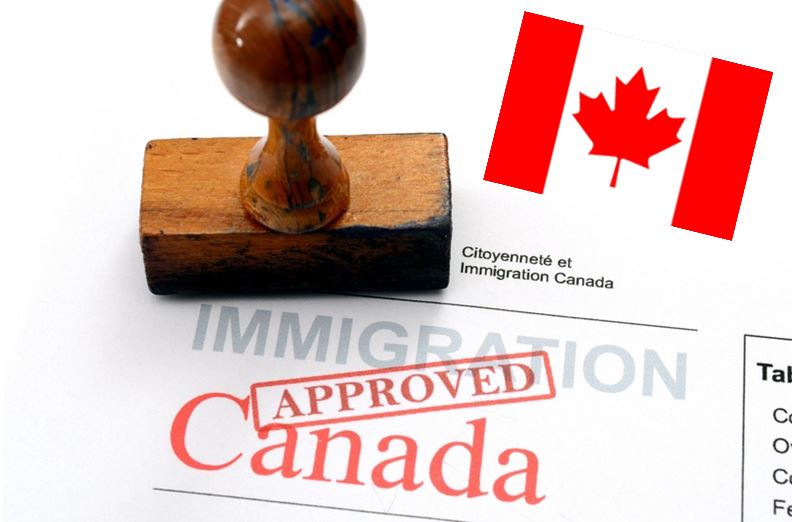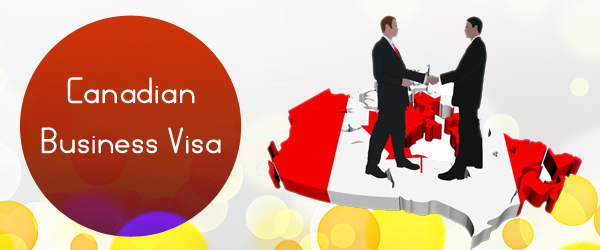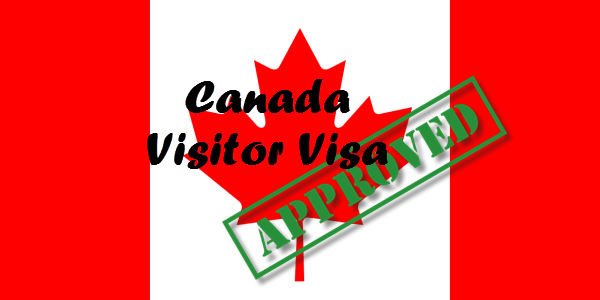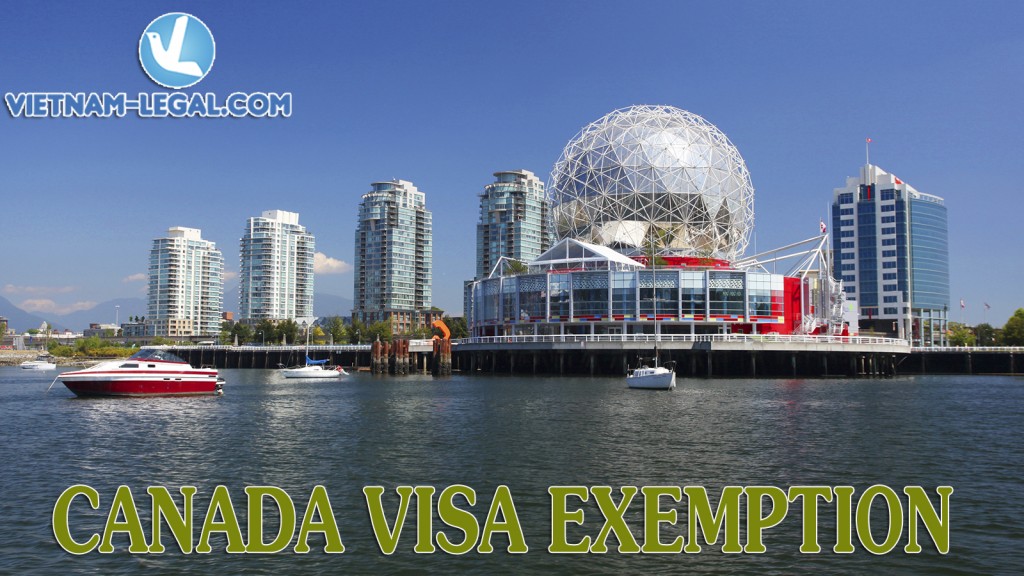Canada is the second largest country in the world and a nation of great ethnic and cultural diversity.
Initially populated by various First Nation tribes and then colonized by the French and British, Canada is today a cultural mosaic made up of people who have come from all around the world.
Few countries can compare with the natural beauty, geographic diversity and wildlife of Canada. Bordered by the Atlantic, Pacific and Arctic Oceans, Canada’s ever-changing topography ranges from the dizzying heights of the Rocky Mountains to vast boreal forests, endless prairies, desert and rainforest regions. Added to the extraordinary natural beauty are the vibrant, cosmopolitan cities where most of the population lives.
Facts & Figures
Population: 33,500,000 (2011)
Capital: Ottawa, Ontario
Total area: 9,984,670 km²
Land: 9,093,507 km ²
Water: 891,163 km ²
GOVERNMENT
Canada is a constitutional monarchy, but also a parliamentary democracy and a federation. The country is divided into 10 provinces and 3 territories *: Alberta, British Columbia, Manitoba, New Brunswick, Newfoundland and Labrador, Northwest Territories *, Nova Scotia, Nunavut *, Ontario, Prince Edward Island Prince Edward Island, Quebec, Saskatchewan and Yukon. *
MAIN CITIES
From the East to the West coast, the main Canadian cities are: St. John’s, Halifax, Quebec, Montreal, Ottawa, Toronto, Winnipeg, Regina, Saskatoon, Calgary, Edmonton, Vancouver and Victoria.
WEATHER CONDITIONS
Canada stretches from the Atlantic Ocean to the Pacific Ocean to the Arctic Ocean. Its southernmost point is on the same latitude as Rome.
The temperatures and climate vary considerably over this vast territory. In May, for example, you can ski on the west coast (at the site of the 2010 Olympic Games), or in central Canada attend the largest tulip festival in the world.
SEASONS
In Canada, there are four different seasons: spring, summer, autumn (fall) and winter.
+ Summer lasts from around June to September and the weather varies from warm to hot, with daytime temperatures between 20 and 30 degrees Celsius or Centigrade (68 and 86 degrees Fahrenheit) or higher. In southern Ontario and Quebec, it can often be very humid.
+ Fall and spring are transition seasons, which mean the weather starts getting colder or warmer, and there is a lot of rain.
+ Winter is very cold in most places with temperatures often below zero degrees Celsius. Snow covers the ground from around December to March or April. In southwest British Columbia (around Victoria and Vancouver), rain is more common in winter than snow.
Depending on where you are immigrating from, you may be quite surprised by the cold and snow during your first Canadian winter. Be sure to buy a winter coat, boots, gloves and a hat to keep you warm. With the right clothing, you will be prepared to enjoy the unique beauty of a Canadian winter.
LANGUAGES
Canada has two official languages: English and French. You can get all official federal government services, publications and documents in both languages.
PEOPLE & CULTURE
In some ways Canada is many nations in one. Descendants of British and French immigrants make up about half the population. They were followed by other European and Asian immigrants. First Nations peoples make up about four percent of the population.
Inuit people live mostly in the Northwest Territories and Nunavut. Many Native Canadians live on their traditional lands, but many others have moved to cities across Canada. First Nations artwork is widely recognized and is seen as a symbol of Canadian culture.
TOURISM
Canada has a large domestic and foreign tourism industry. The second largest country in the world, Canada’s incredible geographical variety is a significant tourist attractor. Much of the country’s tourism is centred on Canada’s five largest metropolitan areas, Toronto, Montreal, Vancouver, Calgary, and Ottawa, well known for their culture, diversity, as well as the many national parks and historic sites.







